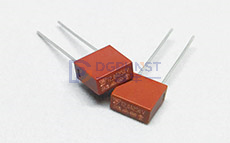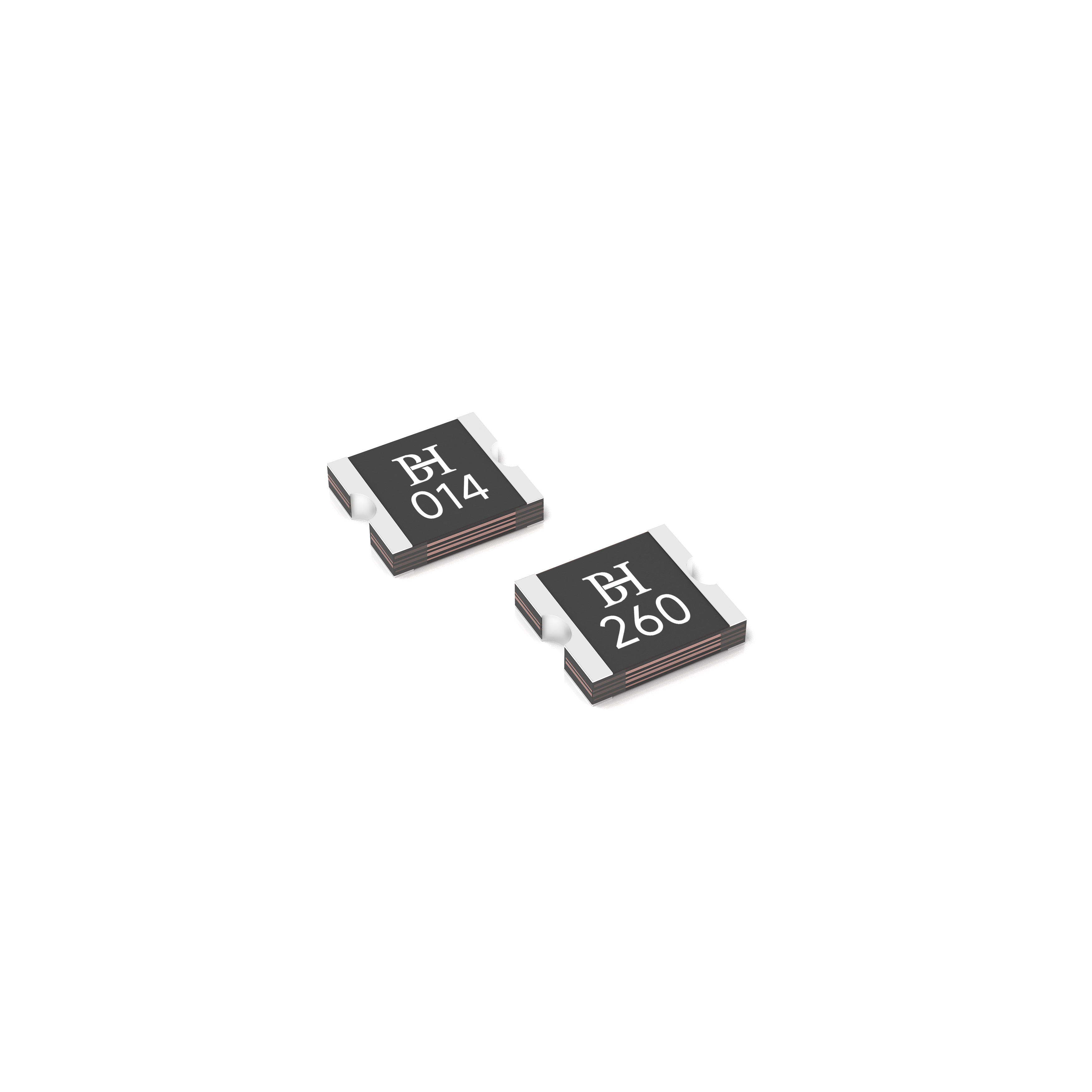The existence of disposable fuses and self-healing fuses stems from their different working principles, application scenarios, and respective advantages and disadvantages. The following is a detailed introduction:
Working principle
Disposable fuse: operates based on the thermal effect of current. When the current in the circuit exceeds the rated value of the fuse, the fuse will melt due to overheating, thereby cutting off the circuit and protecting other components in the circuit from damage. The blown fuse forms an open circuit and needs to be manually replaced to restore the normal operation of the circuit.

Self healing fuse: utilizing the PTC (positive temperature coefficient) characteristics of polymer materials. Under normal operating current, the fuse exhibits a low impedance state, which has little impact on the circuit. When the current is too high, the temperature of the fuse rises, the material expands, and the resistance increases sharply, thereby limiting the magnitude of the current and protecting the circuit. After troubleshooting, the temperature decreases, the material shrinks, and the resistance returns to a low impedance state. The circuit automatically resumes normal operation without the need for manual replacement.

Application scenarios
Disposable fuse: suitable for scenarios that require permanent circuit disconnection. For example, in household appliances, when there is a serious malfunction causing excessive current, a one-time fuse can be blown to prevent the fault from expanding and protect the safety of the appliance and users. In power adapters, disposable fuses can also provide protection against overcurrent. Once blown, a new adapter or fuse needs to be replaced.
Self recovery fuse: suitable for scenarios that require automatic recovery. Like a battery pack, if a battery experiences an abnormality during charging or discharging that leads to excessive current, a self-healing fuse can promptly limit the current and protect the battery pack. After the abnormal situation disappears, the fuse automatically recovers and the battery pack can continue to work normally. In USB interfaces and communication devices, self recovering fuses can also provide protection in case of overcurrent, avoiding device damage, and can be restored without manual intervention.
advantages and disadvantages
Disposable fuse
Advantages: Low cost, high reliability. Due to its simple structure and mature production process, the price is relatively cheap. Moreover, disposable fuses can reliably cut off the circuit after melting, avoiding further expansion of the fault.
Disadvantages: Replacement required, high maintenance cost. Once the fuse blows, it needs to be manually replaced with a new one, which increases the workload and cost of maintenance.
Self recovery fuse
Advantages: No need for replacement, easy maintenance. After troubleshooting, the fuse can automatically restore, reducing the need for manual intervention and lowering maintenance costs.
Disadvantages: High cost and long response time. The manufacturing process of self-healing fuses is relatively complex, so the price is higher than that of disposable fuses. And its response time is slightly longer than disposable fuses, which may not be suitable in some scenarios where high response speed is required.
Reason for existence
Disposable fuses: With a long history, mature technology, low cost, suitable for cost sensitive scenarios. In the early stages of electronic technology development, disposable fuses were widely used, and after years of development, their technology has become very mature. Due to its low cost, disposable fuses are still preferred in some price sensitive products, such as low-end household appliances and electronic products.
Self recovery fuse: With the development of intelligent electronic devices, the demand for automatic recovery and maintenance free has increased, and self recovery fuses have emerged. With the continuous intelligence of electronic devices, people have put forward higher requirements for the reliability and maintenance convenience of devices. The emergence of self recovering fuses meets the demand for automatic circuit recovery after overcurrent protection, reducing equipment downtime and maintenance costs. Therefore, they have been widely used in many high-end electronic devices and intelligent systems.
